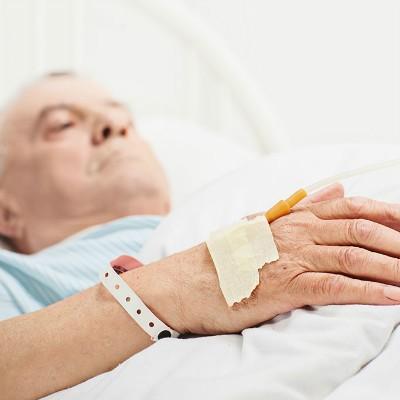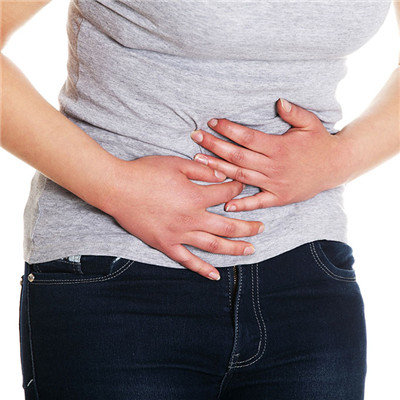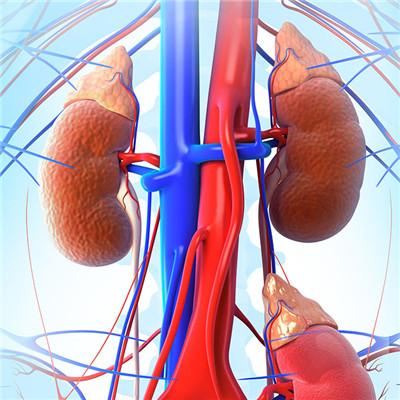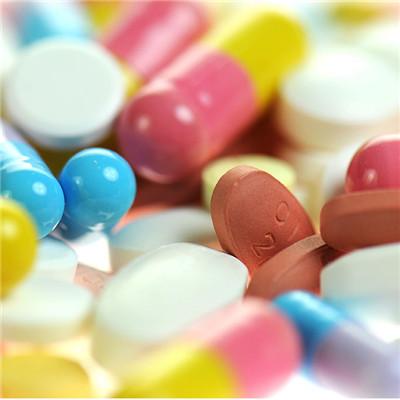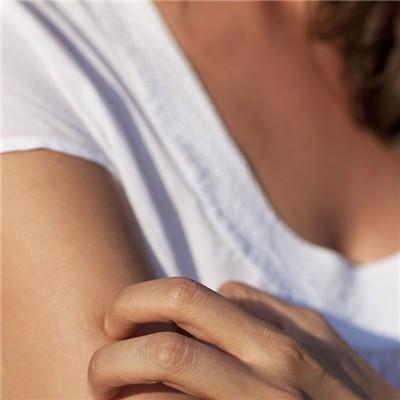Symptoms of fever in the baby
summary
Early detection of baby fever symptoms, timely make the corresponding treatment, the right medicine, is the basic requirement to cure baby fever. If the baby's fever symptoms show that the baby's physical condition is not very bad and the fever is not serious, then we can appropriately carry out some simple physical cooling to reduce the symptoms of fever. But the most important thing is that some baby's fever may be caused by severe diseases such as meningitis. We must recognize the different symptoms of the baby's fever, So as not to miss the opportunity of treatment. Does darling have a fever symptom? Let's talk about it
Symptoms of fever in the baby
Many febrile diseases in prodromal stage may have no symptoms in this stage. The duration of symptoms in this stage is different according to the specific situation of febrile diseases, mainly manifested as general discomfort, fatigue, loss of appetite, emotional instability and low fever; Some eruptive diseases, before the appearance of systemic rash, can have prodromal rash, such as measles prodromal period, oral mucosa can appear Klebsiella.
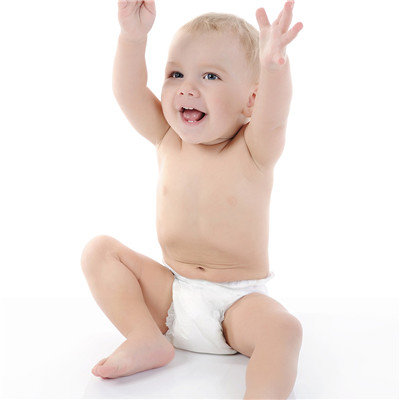
The rising period of body temperature is characterized by more heat production and less heat dissipation, so heat production is dominant, so body temperature rises. The symptoms were pale, dry, no sweat and "goose bumps", and the children felt cold when touching the skin; If shivering occurs, it indicates high fever. Children may have convulsions at this time. During the shivering period, the body temperature is more than 38 ℃, and most of them reach the high fever stage within a few hours, such as malaria, lobar pneumonia, sepsis, drug-induced fever, etc. Gradually rising body temperature refers to low fever at the beginning of fever, and gradually rising from low fever to high fever within a few days, which is called gradually rising fever. Those who gradually ascend often have prodromal symptoms, most of them have no shivering phenomenon, but sometimes feel chilly, such as atypical typhoid. Some have a sudden fever, which may be caused by the neglect of low fever. In addition, the temperature of tuberculosis and other diseases is gradually rising fever.
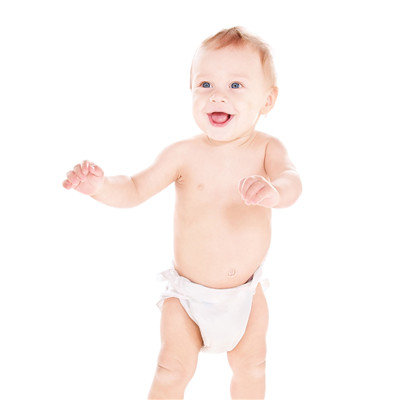
During the high temperature period, the body temperature has reached its peak. The characteristic of this period is that the heat dissipation process begins to increase, but the heat production does not decrease. Therefore, the relative balance between heat production and heat dissipation in this period is re established on a new basis, so that the body temperature is maintained at a certain high level. The clinical manifestations are hot and flushed skin, increased breathing, sweating, etc. high fever can last for several hours (such as malaria) or days (such as pneumonia), or even more than a few weeks (such as typhoid).
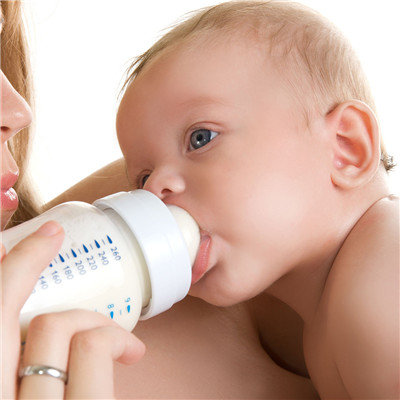
matters needing attention
Febrile children, diet conditioning to liquid food, such as milk, lotus root powder, milk (less oil) and so on. Can also drink some mung bean soup, ice watermelon, to help cool, diuretic disease resistance. But for the children with diarrhea (within 6 months), the resistance is poor, the stomach peristalsis is weak, and the mucosa tolerance is poor, then cold drink is not conducive to physical recovery, so we should fast.
